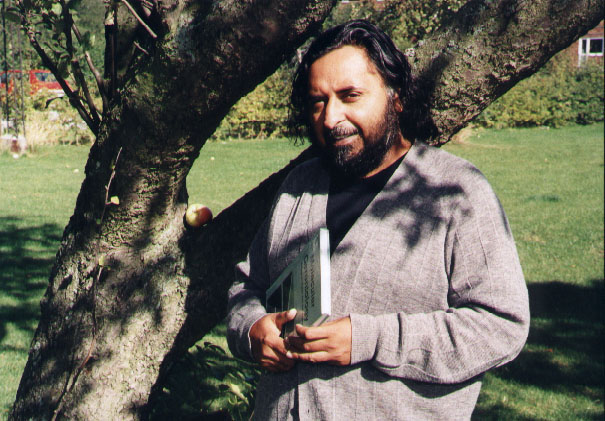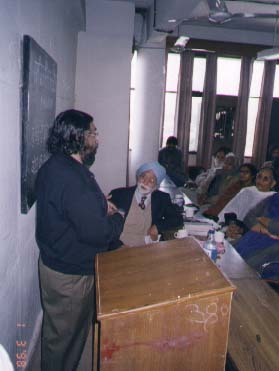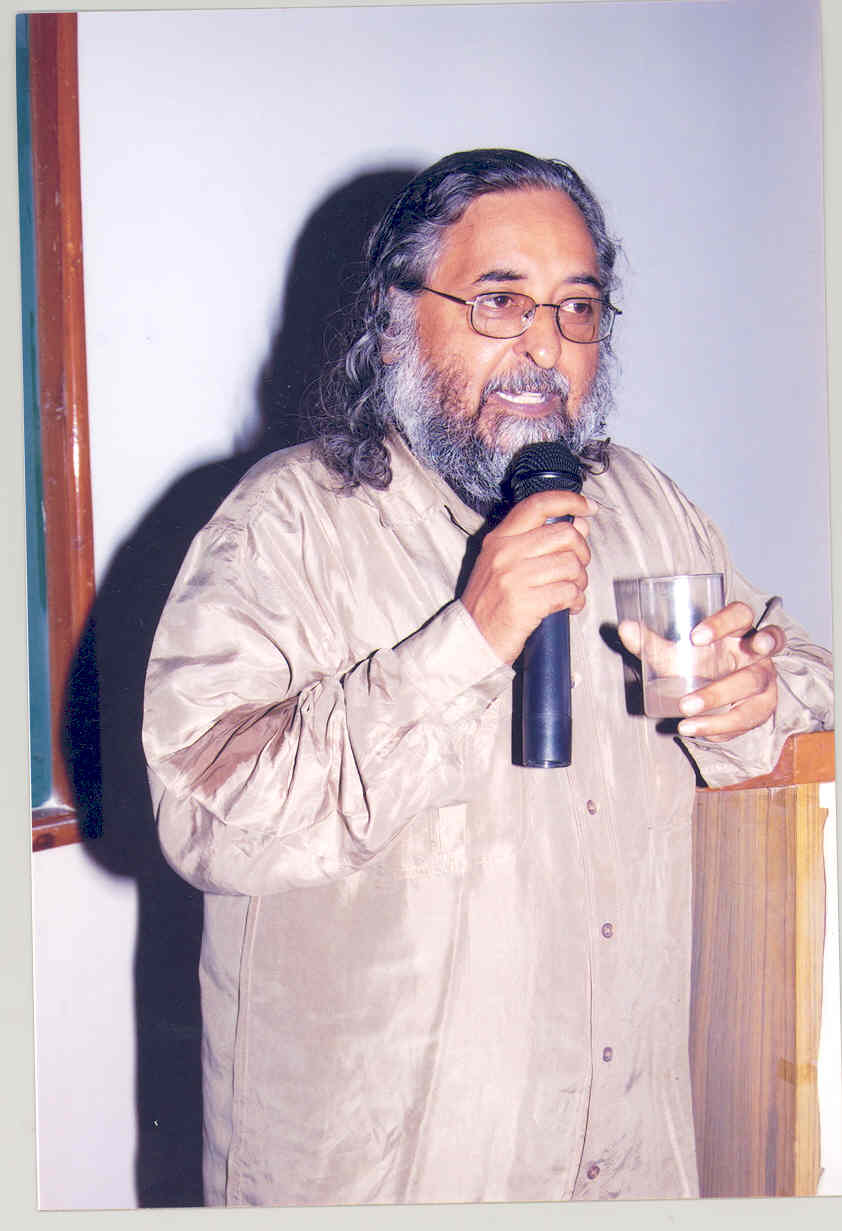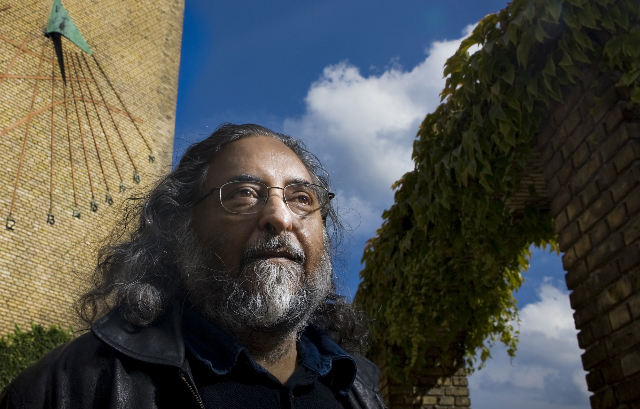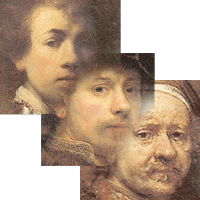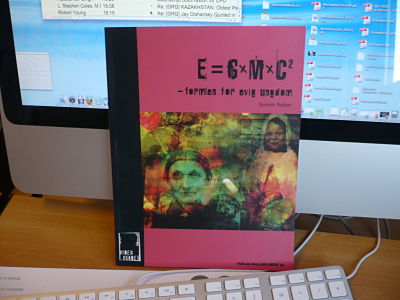Some distractions: number of genes in human cells is exactly – 23,456; Number of possible proteins in human cells at any time is: 234,567.1
Defining health:
Ideally: Absolute physical and mental independence of activities of daily living (ADL); nobody has it….
In reality: Having ADEQUATE physical and mental independence in activities of daily living; technology and temperament can help to achieve it
“Quality of life” is independent of the state of health – it is mostly subjective; and it incorporates one’s personal concept of physical, mental and social health.
My understanding of ageing
Since my introduction to the question of ageing during my BSc studies in Amritsar long long time ago (in 1976 to be exact), I have stayed with this question for quite a long time now, and here I can dare to share with you the gist of what I understand so far…
Biological principles of ageing
Rembrandt’s self-portraits of ageing self…
- Biologically, ageing occurs during the period of survival beyond Essential Lifespan (ELS). (in simple words: if you live longer than what your species is required to live in evolutionary terms, then ageing happens).
- Genes have gone though evolutionary selection for ELS, whereas gerontogenes are only virtual. ( a paradox!?: I coined and published this term “gerontogenes” in 1985 in BioEssays, and since then I have spent all my time trying to convince that real gerontogenes cannot exist, and at best these can be virtual gerontogenes, discussed in my paper published in FASEB Journal in 1995).
- ELS genes comprise the homeodynamic space – a kind of survival/buffering capacity – which effectively determine survival, quality and duration of lifespan.
Three main characteristics of the homeodynamic space are:
- Effective stress response (SR)
- Damage control and management
- Constant remodelling and adaptation
Ageing is the progressive shrinkage of the homeodynamic space, which effectively leads to an increased zone of vulnerability and the onset of age-related diseases.
Principles of achieving healthy ageing and longevity
There are several approaches in theory and practice, with varying claims of success, possibilities and more:
1. Looking for one shot miracles – fountains of youth, folk stories, religious promises.
2. Piecemeal remedies – replacing defective parts, organs, tissues – using the same materials with which evolution has worked or by using better quality materials making the so-called bionic man and so on. Even stem cell-based interventions so far are of the piecemeal kind, since stem cells have to work in a general background of systemic ageing.
3. Extrapolating from Biogerontology – since a lot of biochemicals – hormones, enzymes, structural proteins, and other metabolites – go down and up during ageing, this approach tries to restore the youthful conditions by adding back or taking away somethings, and hoping for the best. These appraches include the most popular hormone supplementation, anti-oxidant feeding, micronutrient supplementation, nutriceuticals, cosmeceuticals and cosmetics and so on and on and on. Most of the time there is a lot of ifs and buts with regard to the right dose, the right time, the right target and the right mode of action for all of these. All these things “work” – mainly by keeping a multi-billion-currency industry and its consumers busy, and maybe sometimes happy too. My own discovery of kinetin and zeatin followed by its commercial use also fit this category (you can read about those on a separate page on this site).
4. Strengthening the homeodynamics –This is a more recent so-called holistic approach in which the basic characteristic of homeodynamic space (or homeostasis – if you insist on not deleting the obsolete term), and the concept of ageing as a the progressive shrinkage of homeodynamic space is applied through hormesis. of course there are many many unanswered questions about the application of hormesis in human beings, this is a potentially useful approach. (read more about it on my section on hormesis)
Then what can biogerontology offer if you really want to live for ever and also enjoy eternal youth? Well, I tried to make this point in a children’s book that I wrote for Danish schools, and “discovered” a formula for eternal youth: E = GMC2
E = GMC2 – a formula for eternal life
(a special note for math-puritans: this “equation” using the “=” sign is not a mathematical equation, it is a represetnation for a concept and for making a point – so please don’t rush to attack my ignorance of mathematical traditions!!!)
(any similarities with any other living or nonliving equations are deliberate).
Why offer thousands of years or any other limits (you know who/what I am hinting at?), why not go all the way, and become immortal, if you can…
Just fulfill the following three “simple” conditions in E = GMC2:
- G = Genes – perfect intelligent redesigning for periods much much longer than ELS; redesigning perfect homeodynamics and maybe a bit more – extra organs, repositioned organs, recovering evolutionary lost organs etc etc. Is this merely a technical and ethical issue? You discuss it. And if your answer is “yes”, then here you are, one of the three conditions is fulfilled….
- M = Milieu – perfect genes need perfect milieu, the environment to perform. And this will range from the milieu within a cell, outside the cell, among the cells, in tissues, organs, bodies, groups, societies and beyond where-ever your fantasy takes you. Is this too is merely a technical issue? You think about it. And if your answer is “yes”, then here you are – two of the three conditions are fulfilled – we are 66% there towards achieving immortality.
- C = chance – one thing that we have learnt from sub-atomic, quantum-physics and further down is that nothing can be 100% accurate 100% of the time – and that sooner or later all complex systems make mistakes – stochasticity is deterministic (don’t laugh; and don’t use religious language of chance, luck, kismat and all those words – we are talking about probabilities here).
So, did you get it? Forget it…
If you are obsessed about achieving immortality, go ask someone else for such a lollipop; don’t ask a biogerontologist.
Eternity may be impossible, but what about E-1 ?
[vimeo clip_id=52840221 /]
[vimeo clip_id=52676975 /]
